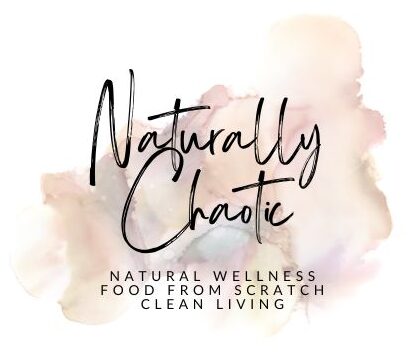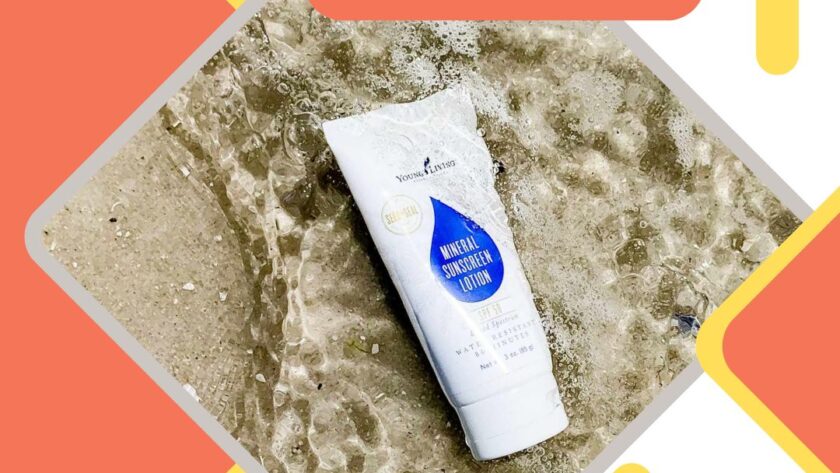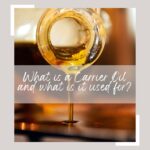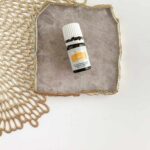Summer is almost here so let’s talk sunscreen and sun! Or if you live in the Midwest, the weather gets confused and flips back and forth sometimes to spring, but regardless, summer will catch up and we are still outside enjoying the weather now!
Sunscreen is a hot topic these days and for good reason if you ask me. Ingredients matter, what we use all over our bodies matter.
Things to think about…
We need to protect our skin from long exposure to UVA and UVB rays and we need to be able to do so without baking harmful chemicals into our body.
Isn’t it interesting that the people who warn us the most about sun exposure, the ones who sell the panic are the ones that tell you that you NEED to shield yourself, to purchase sunscreen, to stay indoors, to avoid the sun?
As sunscreens have become more and more popular over the years so has Vitamin D deficiencies. Ironic right…
Many sunscreens block the body from absorbing Vitamin D and we NEED Vitamin D. Vitamin D deficiencies can be more dangerous than an actual sunburn (not that those are fun either).
A report from the ewg found numerous ingredients at unsafe levels of concentration in sunscreens. Studies have also been done and found that even after just one use, some ingredients that are absorbed into the skin can remain for weeks.
Now again, I’m not saying to just go outside in the high sun and bake and burn, that would be foolish and dangerous. But skin cancer rates have soared since the 70s and crazy enough so have sunscreen sales. More people are spending more times indoors, yet skin cancer rates are sky rocketing. Everything you put on your skin affects your body so if we are baking in chemicals, odds are there will be serious side effects from that. I’m not just talking sunscreen either, makeup, skin care, lotions, moisturizers, ANYthing that touches your skin. If you can control it, do it.

The Sun is amazing!
BUT… we should not fear the Sun. We have been taught over the last couple decades at least that we need to slather our skin with a cream or spray that contains chemicals that are toxic to our body in order to protect it from the Sun.
The Sun can heal, the Sun can cleanse, the Sun brings life. God gave us the sun and saw that the light was good. Now I don’t think he intended for us to go lay out at noon each day everyday and just bake… but I do think there is a happy middle ground of being outside and letting our body reap the benefits of the Sun.
The Sun can do wonders! It can kill bacteria, it can help with mood, metabolism, our immune support, insulin sensitivity, it helps our plants grow, can reduce blood pressure, can strengthen our bones, improves sleep quality, the list goes on! The Sun is a gift!
You can also help protect your body from the inside out as well. Did you know that vitamins and minerals that our body needs can also be an internal sunscreen. Pretty cool right!
Maybe the Sun isn’t the actual problem, but the chemicals we are slathering on our skin is. If there are certain organizations that don’t want some of these ingredients in the ocean to preserve marine life, we certainty don’t need to be putting it on our bodies or our family.
Like always though, I don’t like just hearing, no, don’t use this or that. I want to know WHY I shouldn’t be using this or that. So, let’s talk popular ingredients in sunscreen and the side effects from them.
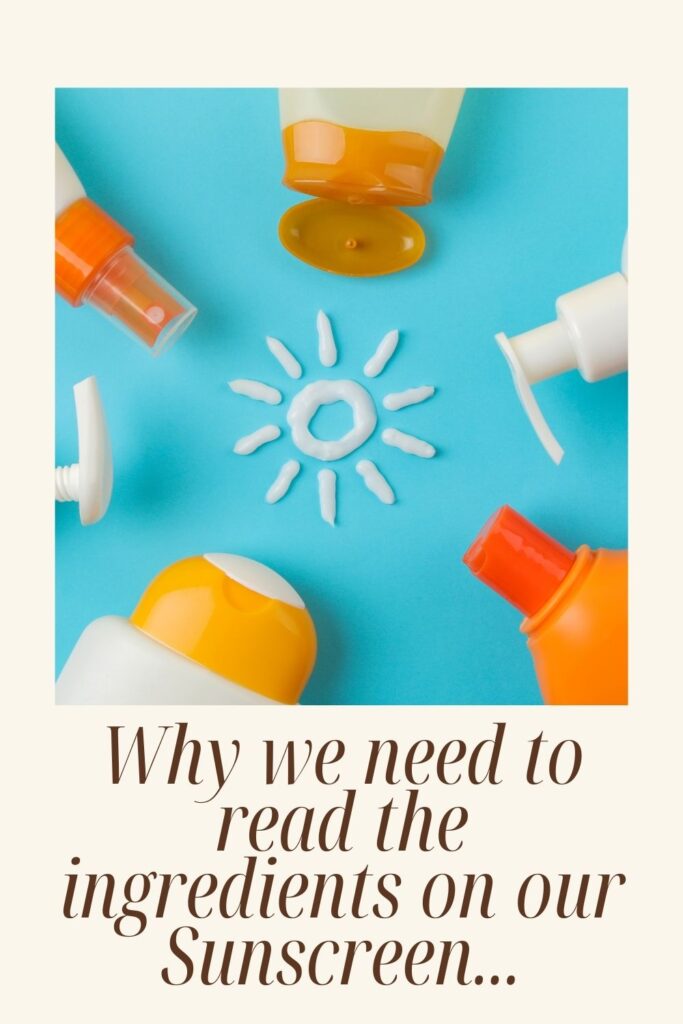
What ingredients are harmful that you should avoid?
Oxybenzone
This is a hazardous eye irritant and allergen and can cause skin allergies. It is a hormone disruptor that can affect estrogen production in women and testosterone production in men. This can reduce sperm count and can contribute to endometriosis in women as well as thyroid issues. It is also harmful to coral reefs.
Avobenzone
This ingredient can turn toxic when exposed to chlorine and can also cause kidney and liver dysfunction as well as nervous system disorders.
Octisalate
This one has been suggested to have harmful effects on animals as well as the environment. The FDA limits its use to 5% in formulations and can cause skin irritations. It is not suggested to be used on babies.
Homosalate
This is an endocrine disruptor and has been associated with increased risk of skin cancer. It specifically impacts the estrogen system. It is recommended that children and pregnant mothers avoid this ingredient.
Octocrylene
This has been linked to aquatic toxicity and can often be contaminated with benzophenone which is a known carcinogen. It is also an endocrine disruptor.
Octinoxate
This has been linked to organ and developmental toxicity specifically while in utero. It can also cause skin reactions such as acne and contact dermatitis.
Fragrance
This is a term that can house nearly 3 THOUSAND chemicals! Many of which have not been tested for environmental impact let alone the human body impact. Many of these can be nervous system disruptors, carcinogenic and formaldehyde releasors. Crazy right, that something like this would be allowed in everyday cleaning products as well as nearly every body and beauty product. 95% of chemicals used in fragrances are synthetic compounds derived from petroleum. They include benzene derivatives, aldehydes and many other known toxins and sensitizers. These are capable of causing cancer, birth defects, central nervous system disorders and allergic reactions as well as skin irritations.
PEG (Polyethylene Glycol)
This is a mixture of compounds derived from petroleum. Polyethylene is the most common form of plastic and when it is combined with glycol, it becomes a thick and sticky liquid. In cosmetics it is used as a driver to help other ingredients get deeper into the skin. There is usually a number that follows… the smaller the number the smaller the molecular weight and the lower the molecular weight, the easier for the compound to penetrate the skin. So that’s fun, driving plastic into our skin, and ultimately our blood stream right?
So think about this. If you are using a product that already has other harmful ingredients, this is just helping drive those ingredients deeper in. There can also be impurities found in various PEG compounds such as ethylene oxide, heavy metals, such as lead, iron, cobalt, nickel, cadmium and arsenic. Many of which are linked to cancer. This isn’t to say that all PEGs contain these, but are you willing to take the risk? Is it really needed? PEGs may also cause skin irritation or skin sensitization. The synthesis of PEG is done by polymerizing (combining polymer) ethylene oxide which is the main ingredient in antifreeze. A few different types of PEGs were used in World War 1 as nerve gas and are highly toxic, linked to leukemia and other cancers.
Benzene
It is a common industrial chemical and a component of gasoline. This can cause harmful effects on your bone marrow, decrease your red blood cells, can affect the immune system. Brief exposure can cause rapid heart rate, headaches, tremors, confusion, and can be toxic. It can also affect your liver, kidneys, lungs, heart and brain.
Acrylates/C12-22 Alkyl Methacrylate Copolymer
Can cause respiratory issues, irritation to skin and eyes, can also be hazardous to the environment.
BHT
This is used as a preservative in makeup, moisturizer, sunscreens and foods. It is a suspected endocrine disruptor and carcinogen. California requires that all products that contain these be labeled as “May Cause Cancer” They are also harmful to aquatic life.
Methylisothiazolinone
This is a moderately to highly acute toxin and can cause skin reactions (it is a contact allergen), skin sensitization, painful rashes, inhalation toxicity, organ toxicity, and neurotoxicity. This is used in popular dish soaps, even including ones that you think may be clean.
Retinyl Palmitate
This ingredient can make your skin more sensitive to the sun and according to a 2010 study showed that it may increase the risk of skin cancer tumors. They should also be avoided if pregnant.
Siloxanes
Can also show as Dimethicone, Polydimethylsiloxane, and Methicone. These are used to help creams glide on the skin more easily or used as a conditioning agent. They are suspected to be a endocrine disruptor and toxic to the reproductive system. It is classified by the European Union as a hormone disruptor and shows some evidence of developmental toxicity. They can also be harmful to aquatic organisms.
Phenoxyethanol
This is a preservative commonly found in vaccines. It can cause anything from eczema to life-threatening allergic reactions and if ingested can affect nervous system function. It can also cause lung, liver, kidney and nerve damage.
I talked a little about how much “just a little bit” can actually add up in the body here.

There are two different types of sunscreen:
I bet your thinking well, sheesh, now that I can’t use any traditional sunscreen, what am I supposed to use?
Well first, there are two types of sunscreens that we need to understand, mineral and chemical so let’s talk about that.
Mineral sunscreens typically include ingredients like zinc oxide or titanium dioxide which create a physical barrier to protect the skin from the sun.
Chemical sunscreens use one or more of the following chemicals like oxybenzone, avobenzone, octisalate, octocrylene, homosalate and octinoxate. Many chemical sunscreens penetrate the skin and other tissue to “protect” the skin and can be found in blood, breast milk and urine samples. Clearly crossing into the blood stream.
Oxybensone is one of the most common ingredients and was found in 96% of the population by a recent study by the Center for Disease Control and Prevention.
Mineral Sunscreen will be the safer option but with a few warnings still, it’s not a one size fits all.
Some mineral sunscreens contain some of those ingredients that I mentioned above. We MUST read the ingredients. Don’t just assume because the label says it’s safe that it is. Look at what’s in it. Even if it says mineral sunscreen or baby safe or it has a super clean looking label… WE HAVE TO READ THE INGREDIENTS!
Nano vs. Non-Nano Zinc Oxide
So, one of the main ingredients in mineral sunscreen I want to explain a little more on is zinc oxide.
When purchasing your mineral sunscreen with zinc oxide, make sure you see that it reads NON-nano zinc oxide. Nano zinc oxide particles are so tiny they can easily enter the bloodstream when applied to your skin. You want it to be non-nano so it is a larger particle to create the barrier and not enter your bloodstream.
Zinc oxide is a mineral powder and is hands down one of the safest forms of sun protectant available. This mineral powder provides a broad spectrum of protection against both UVA and UVB rays.
Non-nano zinc oxide is also considered marine safe, while studies involving nano zinc oxide reveal its toxicities to marine life.
You only want NON-NANO and you are good to go!
This post contains affiliate links, which means I make a small commission at no extra cost to you. See my full disclosure here.

So what are my options to use?
It’s no secret that I am a fan of Young Living. When we do use sunscreen, this is what we use. It is so pure that you can even apply it to your lips. This is the only sunscreen I have used on our infants.
YL’s sunscreen has also been recommended by the Skin Cancer Foundation and here’s why…
It has Non-Nano zinc oxide which provides a barrier on the surface of the skin to physically block the UV rays from getting into your skin. (YL uses jojoba wax as a barrier to help keep the zinc on the skin’s surface.)
- Protects against UVA and UVB rays
- Sweat and water resistant up to 80 minutes
- Safe for children 6 months + (Full transparency, I have used this and only this on my infants when needed, every parent needs to make their own decision on this.)
- It is reef safe!
I’m not saying that this is the only clean option, but this is what I have researched and what we use. Whatever sunscreen you choose to use though, I just encourage you to research your ingredients. Find a source that you TRUST, dig into the ingredients and ask all the questions. Your skin is your largest organ and we have to be so careful with what we are putting on it.
We shouldn’t fear the sun. Yes, use common sense and make wise decisions while being out in it but our bodies NEED sunlight and it can do wonders for us.
If you want the easy button, this is what we have used for over 5+ years in our home. These are some of my summer favorites! The Insect Repellant can be added to a roller ball bottle and will go far! The Sunscreen obviously is my favorite option for sunscreen and the After Sun Spray is great to keep in the fridge for cooling if needed. Super C Chewable are also fantastic for anyone who is spending a lot of time in chlorine.
Tips on protecting the skin from the Sun:
- Start slow. Let your body adjust to the sun, start with 15 minutes at a time and work your way up.
- Avoid being in direct sunlight during the hottest hours of the day, typically between 12 – 3pm in the summer. This is when the sun is directly overhead.
- If you are going to be outside at this time, be sure to use a safe sunscreen to help protect the skin.
- Try to find more shade when possible, during the peak time.
- Spend time outside in the morning or late afternoon/evening when the suns UV rays are not as strong.
- Follow up with an after-sun spray.

Enjoy your summer everyone!
Remember, I am not a doctor, I am just a Mama who loves to share natural options that we use for ourselves and our kiddos that we have found works for us. I hope they can help you too! I’d love for you to follow along on Instagram @naturallychaoticlifestyle or Facebook at Naturally Chaotic for more of our day to day!
